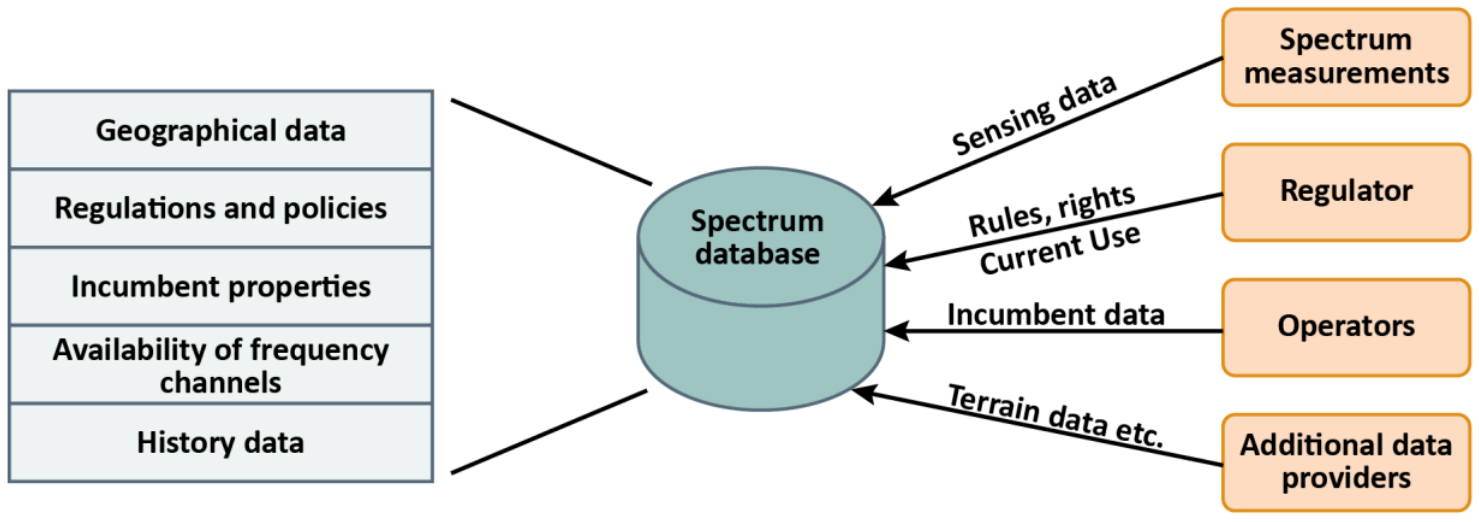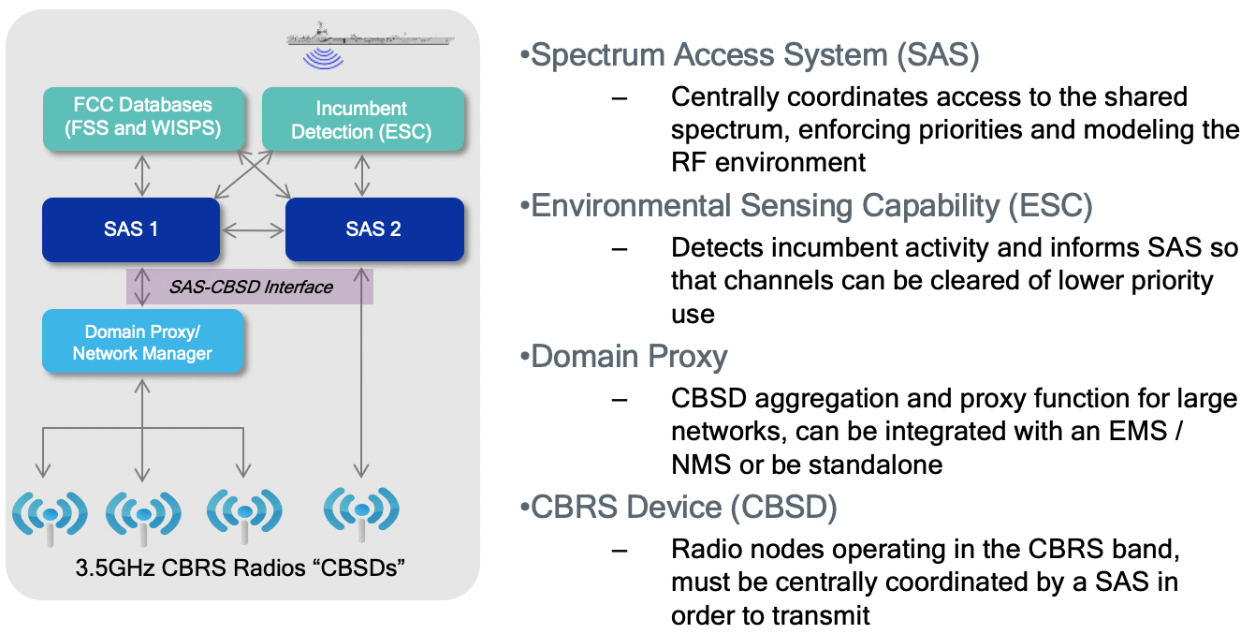Part 1: DSA 101
A long time ago, in a network far, far, away… (before DHCP)
As an enterprise network administrator in the early 1990s, I maintained a lovely spreadsheet which contained all of the IP subnets and assigned station (client) addresses for all of my company’s locations throughout North America. Setting up a PC for network access involved installing a NIC, loading the drivers, and then checking the spreadsheet for an available IP address for that subnet (which of course needed to be updated with the new station’s info). Without going into how much fun it was to deal with our remote branch sites, and the large number of wasted hours investigating duplicate IP address issues, I’ll just say this was a less than ideal way to manage an even medium-sized enterprise network. Along with NAT (anyone remember the Cisco PIX firewall?), the arrival of DHCP was one of the true game-changers in networking in that era and immediately enabled scalability with far less management overhead—contributing materially to the globally interconnected world we live in today.
I take you on this trip down network memory lane to introduce my thesis that innovations in Dynamic Spectrum Access (DSA) are going to have a similarly transformational impact on spectrum management and access going forward. Broadly defined, DSA systems involve radio nodes (access points, base stations, etc.) utilizing spectrum that is dynamically coordinated by one or more geolocation-aware databases. Recent examples include TV “White Spaces” databases which permitted unlicensed operations in sub 1 GHz bands (600 MHz in the US and other frequencies in various countries) and the Spectrum Access Systems (SASs) that are foundational to commercial LTE and 5G operations in the 3.5 GHz CBRS band in the US. The most innovative and exciting characteristic of these DSA solutions is that they open spectrum to new uses, such as Wi-Fi or 4G/5G, without requiring that existing, incumbent services be cleared or relocated. In the case of white spaces, broadcasters continued to utilize the frequencies in and around the new unlicensed services, and in CBRS the US Navy continues operating its systems in the 3550-3700 MHz range while the SASs permit commercial operations in places and frequencies that are available (the large majority of the overall 150 MHz in most locations over a period of time).
How does Dynamic Spectrum Access work?
Sticking with my DHCP analogy, in DSA systems the radio nodes, upon booting up, contact and register with a spectrum coordination database, with the registration including their geolocation info. This is similar to an IP client sending a DHCP request, which gets tagged with a subnet identifier if the DHCP server is not on that subnet. With IP addressing, the DHCP server looks at the available dynamic address pool (some addresses are typically reserved for special non-dynamic uses), ensures that the address it is planning to assign to the client is not in use, and then issues the client is operational address via a DHCP response. In DSA systems, once the radio is registered to the spectrum database, it will send a spectrum request to the database, the database then goes through a spectrum availability computation or lookup, identifying frequencies and power levels that the radio can operate at without creating harmful interference to protected incumbent services. As in DHCP, there is a protocol interface that enables these exchanges between the radio nodes and the database(s).
The spectrum databases can factor in a large array of variables and inputs. Just some of the common factors include:
- Radio node location (horizontal and vertical)
- Radio node max power (sometimes defined by class/category)
- Radio node indoor/outdoor (should building entry/exit losses [BEL] be considered?)
- Incumbent systems in proximity to the radio node
- Incumbent radio characteristics (power, antenna parameters, etc…)
- Nearby exclusion zones or protection areas (these can be static or dynamic and are analogous the reserved address ranges in DHCP)
- The propagation models and parameters to be used in computing whether harmful interference will occur (e.g. the actual prop models to be used [which can vary situationally], confidence levels for the prop models, BEL values, etc…]
As you can see, these systems can be very sophisticated, with the CBRS SASs representing the most complex implementation to date.

A Generic Model for Dynamic Spectrum Access Inputs (Source: M. Höyhtyä, et al.)
Because these computations are performed frequently (in near real-time in the case of CBRS SAS), DSA systems are able to respond to ongoing changes in the spectrum environment, such as incumbent activity, the presence of new database-coordinated radio nodes, or regulatory actions (e.g. the blocking of a certain class of radio node, to the blocking of a single radio if needed). This means that efficient and intensive use of the spectrum is enabled, with the ability to rebalance the individual allocations over time. Additionally, since the databases are responsible for determining spectrum availability based on a ruleset established by the regulator (the FCC in the case of the US), the rules and inputs to the spectrum availability determination can be revisited and adjusted if necessary—perhaps if a class of incumbent systems is no longer operating, or the initial assumptions are found to be too conservative/overprotective.

Functional Components of CBRS Dynamic Access
Additionally, because these devices are known and registered, investigating and/or resolving suspected incumbent interference issues can also be more rapidly accomplished, as the DSA authorized radios will be known in an area.
By enabling dynamically-coordinated spectrum sharing between incumbent and new services, DSA becomes an important new option for policymakers and regulators looking to meet the ever-increasing demands for access to spectrum (particularly in the much sought after “mid-bands” – which for the sake of this post I’ll consider as 2 to 10 GHz). With the introduction and maturation of shared access, we expand beyond the binary choice that has existed for decades for spectrum access for terrestrial broadband systems (e.g. mobile cellular, unlicensed, fixed wireless services) between traditional licensed or unlicensed allocations. To be clear, we will still need these time-tested spectrum allocation methods, but you should expect to see more shared access going forward, again particularly in the mid-bands where demand is very high and virtually all of the spectrum has long been allocated (much for federal uses in the US).
As DHCP did for IP networking, Dynamic Spectrum Access systems are going to advance the art of the possible for spectrum access and management. This is a very welcome and much needed development in a world that is increasingly wireless and constantly looking for additional spectrum.
Part 2 of this series will focus in on 6 GHz Automated Frequency Coordination (AFC).
Part 3 of this series will focus in on kickstarting Automated Frequency Coordination (AFC) in the US.




